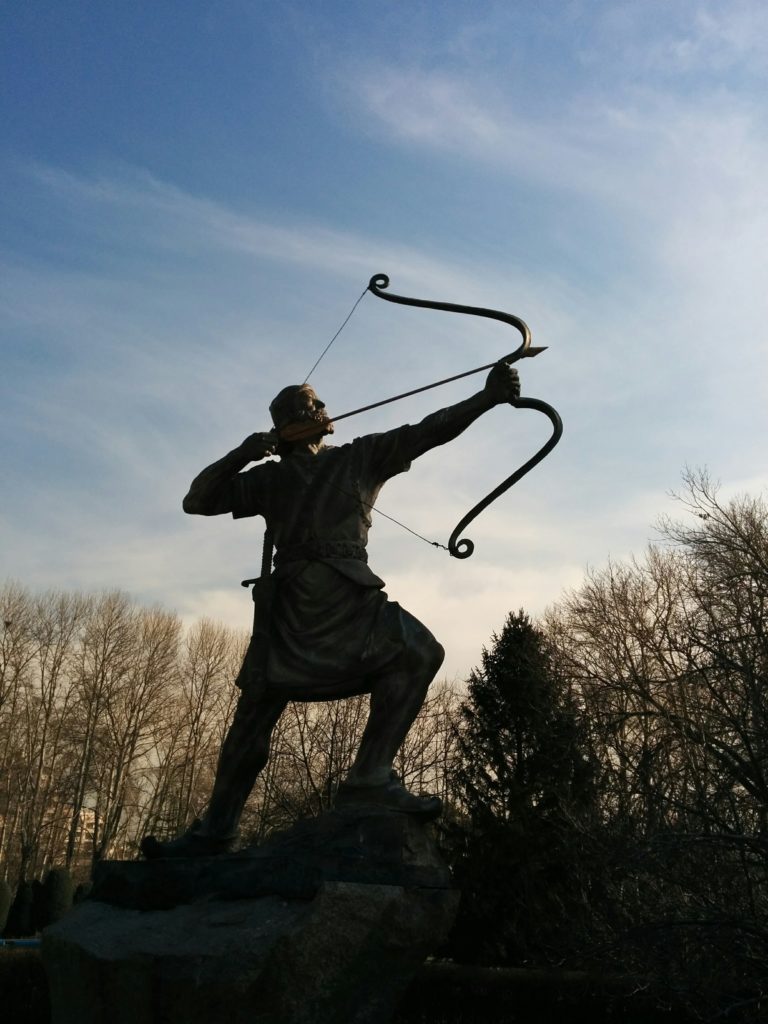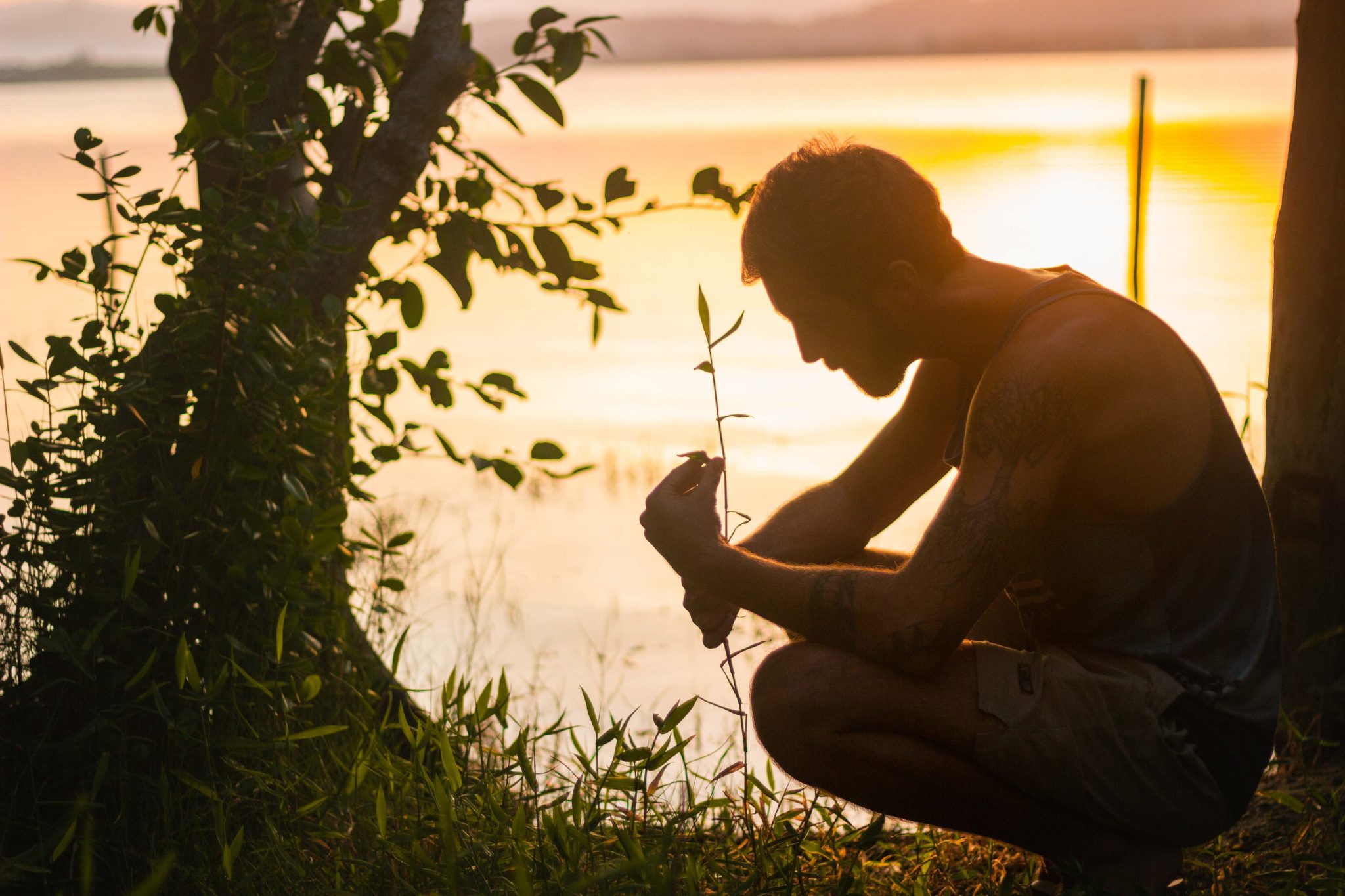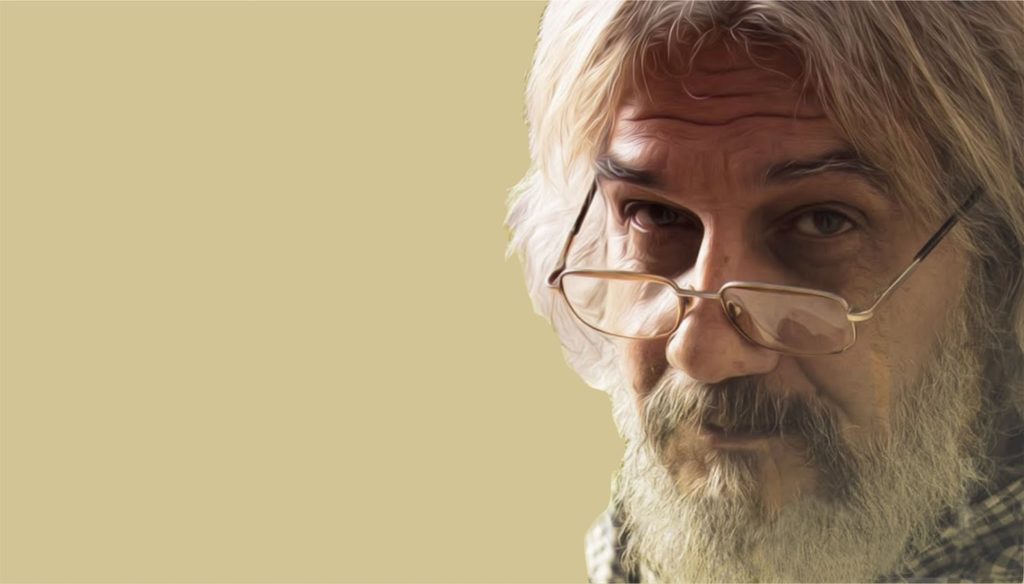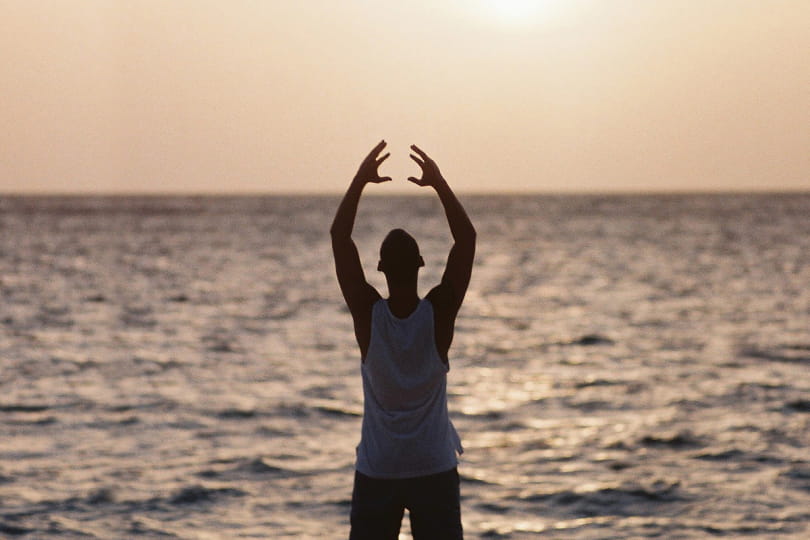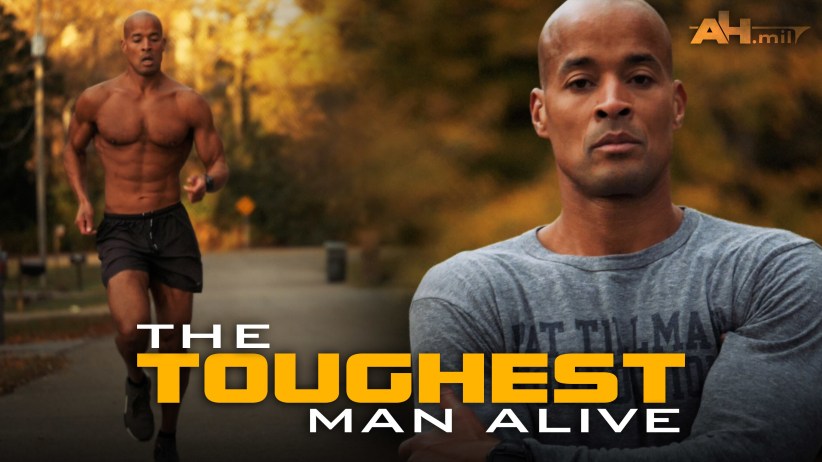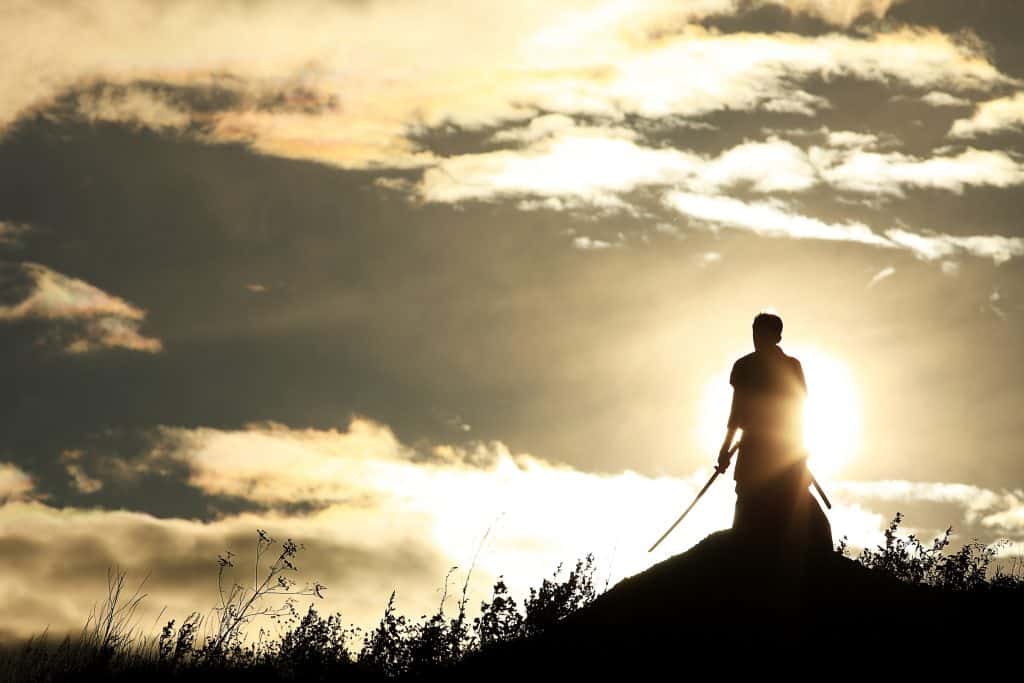
“Try not to resist the changes that come your way. Instead, let life live through you. And do not worry that your life is turning upside down. How do you know that the side you are used to is better than the one to come?” ―Rumi
“For someone who keeps talking about positive change, you haven’t changed much,” she said.
“Well, change is not what you see happen in a movie,” I said.
People love to judge, compartmentalise and condemn. It makes them feel better and stronger as if your failure is their gain. However, it was also true that often, ‘who I am’ was not aligned with ‘who I want to be.’
Evolutionary biology has explained that conserving energy is part of our survival mechanism. We seek comfort, routines and certainty, which all make change hard.
If the pain we’re going through does not exceed the suffering we’re willing to put ourselves to change, it won’t happen.
If we don’t want it bad enough, it won’t happen.
My goal isn’t to write a book, create a writing habit and be at peace and harmony with the world. I’ve written several books, write consistently and have many moments of peace in my life.
Instead, I want to be a happy, mindful, contemplative author/thinker, away from affluence and society’s microscope.
From where I’m coming, the transformation I’m seeking is massive. I want to become a new person.
Instead of chasing success, status and money, something I have done most of my life, I crave to be this spiritual warrior who wants less but to be more.
On some days, I feel aligned with that goal, but not on many other days.
This means that I need to question the underlying transformation I desire. To look at it from the big ‘Why’ perspective. Using James Clear’s terminology, the change I seek is not only about changing my outcomes and systems but also my identity, beliefs and worldview.
That is huge.
For most of my 55 years, I have been brought up and lived on a formula that does not fit what I want to be. Success, money, and affluence were the only markers of how to live a good life.
And here is the new me, wanting to do a complete 360-degree change and become the next Rumi, someone who writes, speaks and lives love, compassion and everything that’s good about humanity.
Rumi didn’t start as the 13th-century Persian poet we all cherish today. He was a wealthy nobleman, theologian, and sober Islamic scholar until he met the wandering dervish monk Shams Al Tabriz.
Rumi knew he had met his soul mate as soon as Shams spoke. And Shams knew he had found the star pupil he’d been seeking for 17 years. They retreated to Rumi’s house for almost three months. There, they both touched a godly and inexplicable light source. Each man, with the help of the other, discovered the grace and truth he sought.
After his introduction to the world of mysticism, Rumi awakened and learned everything he could about love — unbounded, compassionate and universal. He would become the most famous son of Sufism and the most-read poet of all time.
Was living like Rumi truly what my soul desired?
I recalled what my psychologist sister once told me: many of her patients came not to change. They wanted her to make them feel better as they continued their old behaviour, nuanced with cosmetic changes masquerading as new behaviour. That’s when she told them the harsh truth that change means you must do the work—a deep excavation to know yourself and what you really want.
Perhaps I was doing just that. Is it true that I want a simple life of peace and harmony? Or was it just something I sought due to the last turbulent years of my life?
Author Parker Palmer has a different way of looking at the question of living truthfully: the central question is not, “Am I living the life I want?” but, as Parker says, “Is the life I am living the same as the life that wants to live in me?”
Shams didn’t come into my life, but writing somehow did. It released the tension in and around my heart, allowing me to dig deep into my psyche and to ‘know myself’ much better.
It made me notice the world around me, empathise with the people in it, and, most importantly, taught me new ways of being with the heart being central to how I thought.
I’m learning that it’s less about getting this or that and going after the shiny goals like publishing a book, getting 100K subscribers, going on a 10-day meditation retreat and more about adopting new behaviours that align with the new ‘Mo’ that I want to be:
To do more of what I love. (Let’s start with writing.)
To live more mindfully and enjoy the ‘now.’
To live more vulnerably.
To become more intimate with people.
To be more loving and compassionate.
To appreciate and participate in the power of community.
I’m not saying I’m healed or won’t fail again and fall back on chasing numbers and status. By being brave and consistent in all of the above, I’m replacing despair with hope.
When I accept that changing my identity is the biggest fight of my life, that means I’ll reclaim the power within me and bring back my dignity.
It means I’m giving myself permission to live the life I want first and foremost, accepting that it will be messy and that I won’t always feel good.
I will stop waiting for anything or anyone and instead start today with small actions, staying with them long enough so that my new behaviour becomes embedded within me.
That’s when the magic happens.
That’s when I’d feel life pulsing through my veins.
Perhaps it won’t satisfy the naysayers or be exactly Rumi-esque, but it will be the life that wants to live in me.



